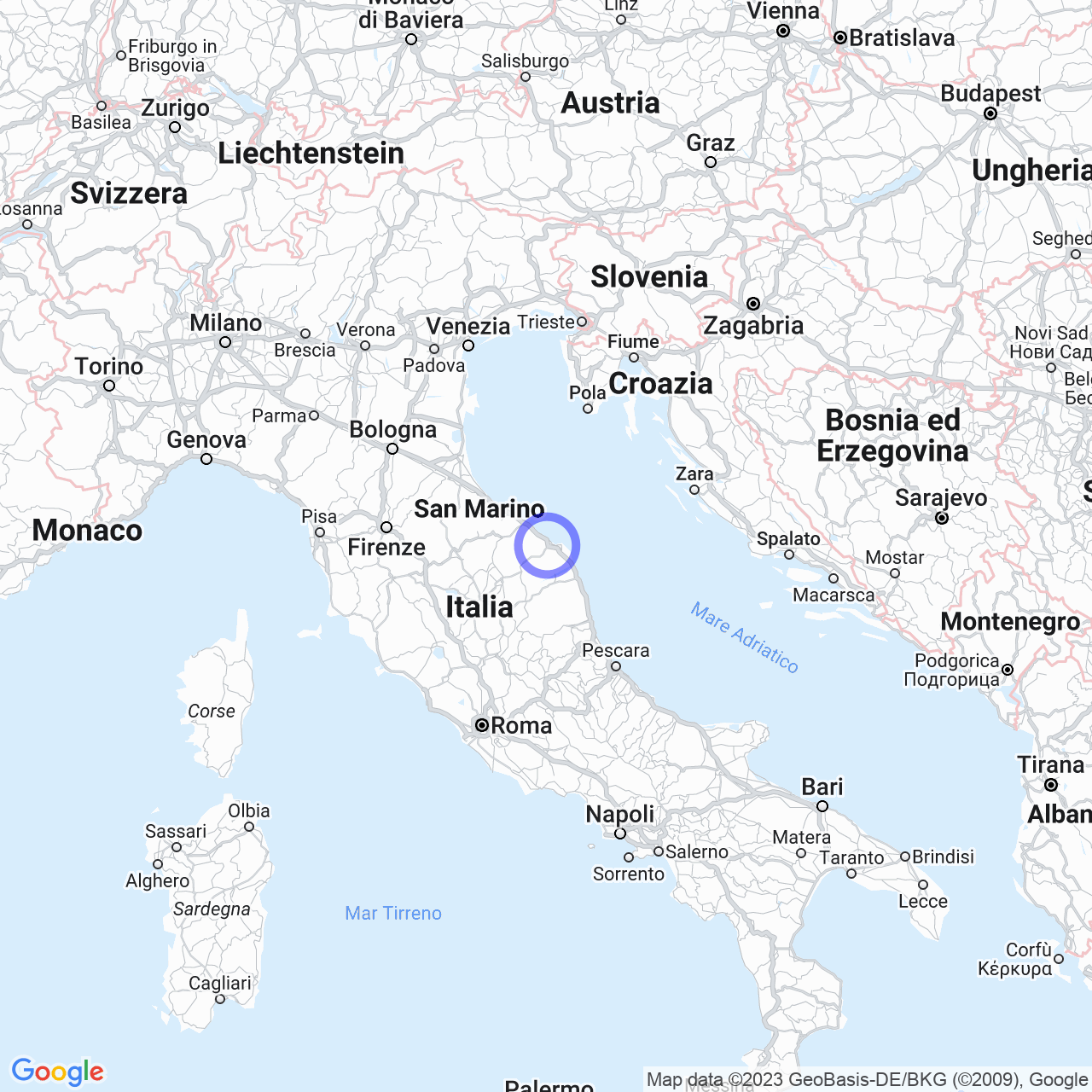Chiaravalle
Welcome to Chiaravalle: A Millennium-Old History
Hello everyone! Today I want to talk to you about Chiaravalle, an Italian commune in the province of Ancona, located in the Marche region. With a population of approximately 14,000 people, the municipal territory is mainly flat and crossed by the Esino river and the Triponzio and Guardengo streams.
A Millennium-Old History
But the most interesting thing about Chiaravalle is its millennium-old history. Before the birth of the Tobacco Manufactory, Chiaravalle was a small inhabited area closely linked to the homonymous Cistercian Abbey. Its history, therefore, until the 18th century is identified with that of the Abbey of Santa Maria in Castagnola.
Recently, during some excavations in the Cloister of the Abbey, traces of a late Bronze Age settlement were found, which anticipated the origin of the town by almost two millennia. According to a paper code of the Sessorian Library, it was Queen Teodolinda who erected the monastery of Castagnola on the banks of the Esino river, during the time of Pope Gregory I.

The Foundation of the City
From this news, it is derived that the monastery was originally erected in the 7th century, in a territory covered by a forest of species of Quercus Virgiliana, near the banks of the Esino river. This was the first Benedictine monastic settlement in the territory. The historical nucleus of the city developed around the current streets of Cavour and Castelfidardo, where the Lombard Queen Teodolinda granted the Benedictine monks the construction of two rows of huts with a mixture of sun-dried clay and straw.
Even today, the popular toponymy of the place is preserved in indicating the district between these two streets with the names of ''Capanne davanti'' and ''Capanne de dietro'' (''Huts in front'' and ''Huts in the back''). The area has recently been subjected to restoration. In fact, in August, the inhabitants of Chiaravalle celebrate, sponsored by the Municipality, the Feast of the Huts, an event particularly felt by the elderly, who are accustomed to distinguishing themselves with the name "Capannari" from the inhabitants of the surrounding countryside, to underline their urban location.
From that first settlement would begin the history of the Abbey, subsequently transformed from a Benedictine Abbey into a Cistercian Order, consequently taking the name of Chiaravalle, similarly to other famous Cistercian abbeys, all based on the famous Abbey of Clairvaux.
The territories of the Abbey of Chiaravalle were surrounded by three castles of Ancona of the Republic of Ancona: Monte San Vito, Camerata Picena and Falconara Marittima. Jesi, however, was determined to extend its jurisdiction over the entire lower Esino valley, and to reach an outlet to the sea it needed the lands of the Abbey. This was the cause of continuous legal and armed clashes between Ancona and Jesi, until Pope Eugenius IV, and later Pope Pius II, to resolve the issue, assigned the Abbey to Ancona; from 1440 it was therefore part of the territories of this republic, which naturally left the religious center with full autonomy.
The Feast of Madonna delle Capanne
As you may have understood, the Feast of the Huts represents a tradition that is very felt by the inhabitants of Chiaravalle. But not only that: it is also an opportunity to rediscover the beauties of the territory and the Abbey. In particular, the festival takes place around the second half of August and includes, among other things, a historical football tournament, a fair of local typical products and, of course, a solemn procession in honor of Madonna delle Capanne.
Conclusions
In conclusion, Chiaravalle represents a unique opportunity to immerse oneself in the millennium-old history of the Marche through the discovery of the beauties of the Abbey and the surrounding territory. Do not miss the chance to participate in the Feast of the Huts and discover the most authentic traditions of the area!
